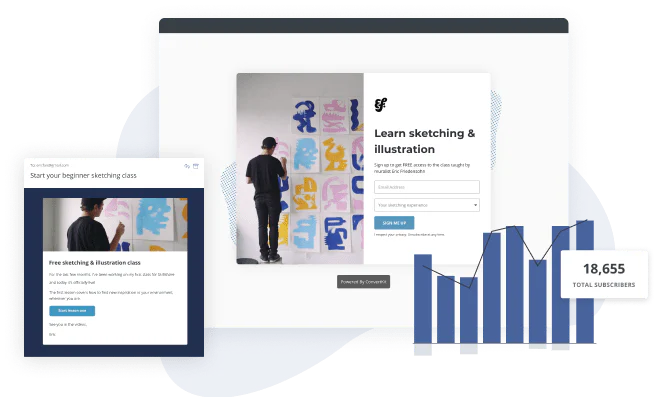6 types of email sequences that nurture strong relationships with your audience
Updated: August 06, 2024
17 min read

Own the relationship with your audience
Kit helps you build a relationship with your followers and own that connection you make with them through your email list.
Start a free 14-day Kit trial
Steph Knapp
Steph Knapp is a freelance B2B + SaaS content marketer that loves educating and empowering curious humans. When she's not typing away, you'll find her volunteering at the animal shelter and obsessing over a new hobby every week. She shares marketing, freelance, and cat content on Twitter @ hellostephknapp. (Read more by Steph)


